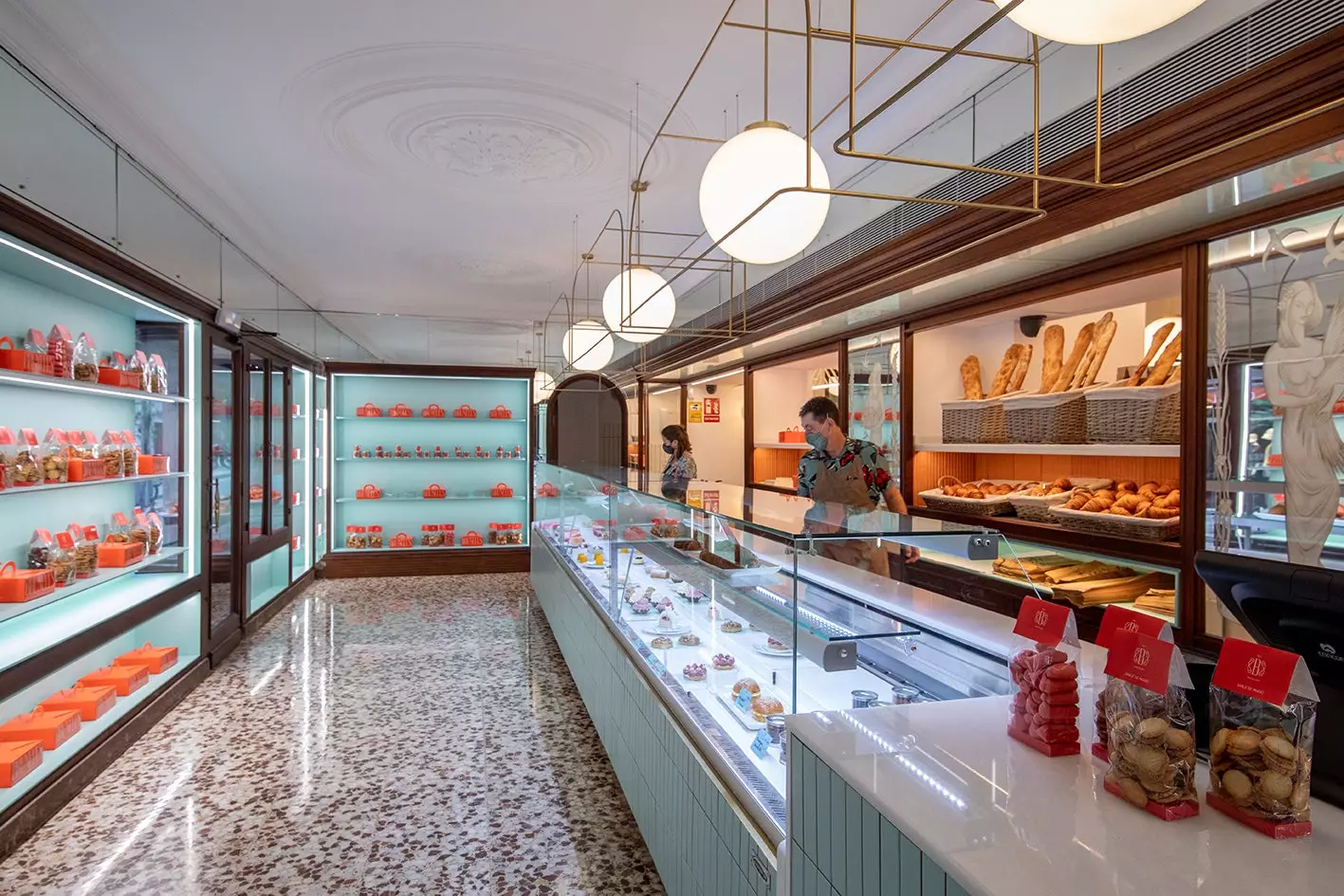
fluffy miracle
"The perfect croissant starts with its outward appearance," he says. Joan Guasch, partner and brand manager Brunells patisserie. Amen. The croissant makes us hungry and desire through the eyes, looking at us from its display case with a “size, symmetry, regular laminate and a uniform color”. Qualities that are “the fruit of precise cooking”. Later, once in our hands, the tasting continues. “At the first bite, they add the crunch of its outer layer, the sponginess of the inner honeycomb and the balanced flavor of its ingredients and the mastery in its elaboration”.
all that was so this year they won the award for Best Artisan Butter Croissant at Brunells, the classic pastry shop in Barcelona reopened in 2019 by Guasch and his partners to return to the Gothic Quarter this brand synonymous with quality sweet whims and full of Barcelona identity.
"At Brunell's we have recovered the historical traditional croissant recipe made with lard instead of butter,” continues Guasch. So our clients can choose one or the other depending on your tastes and your memories”.

Shape, color, crisp but fluffy. Perfection!
The award for Best Artisan Butter Croissant in Spain has been a milestone for them. “If before the award we produced about 100 croissants a day, we reached the figure of 2,000 croissants the days after the recognition. Nowadays, the production remains stable, around 500 croissants a day”.
And before going on to explain his recipe, he explains the secret: more than the recipe itself, precision is important.
PREPARATION (for 50 croissants)
DAY 1:
prepares a poolish (preferred) which is left to ferment between 4ºC and 8ºC for 24 hours.
260g of water
8g yeast
4g of sugar
250g of strong flour
DAY 2:
The poolish is kneaded with the rest of the ingredients:
1.2kg of strong flour
190g of sugar
40g of salt
26g powdered milk
1 egg
1 egg yolk
40g of honey
300g of water
31g yeast
220g of butter that is added at the end of the kneading
Once the dough is elastic enough, make some balls of about 3 kg. that are left rest 30 minutes at room temperature.
After this time, the dough is stretched until it rectangular shape, of a uniform thickness. It is wrapped in film and frozen until a hardened texture is obtained that will favor the introduction of the butter during laminating.
With the dough already cold and hardened, spread the butter over the dough in a continuous process of stretching and folding until the final mass, which cut into triangles to form the croissants.

Brunells Pastisseria
